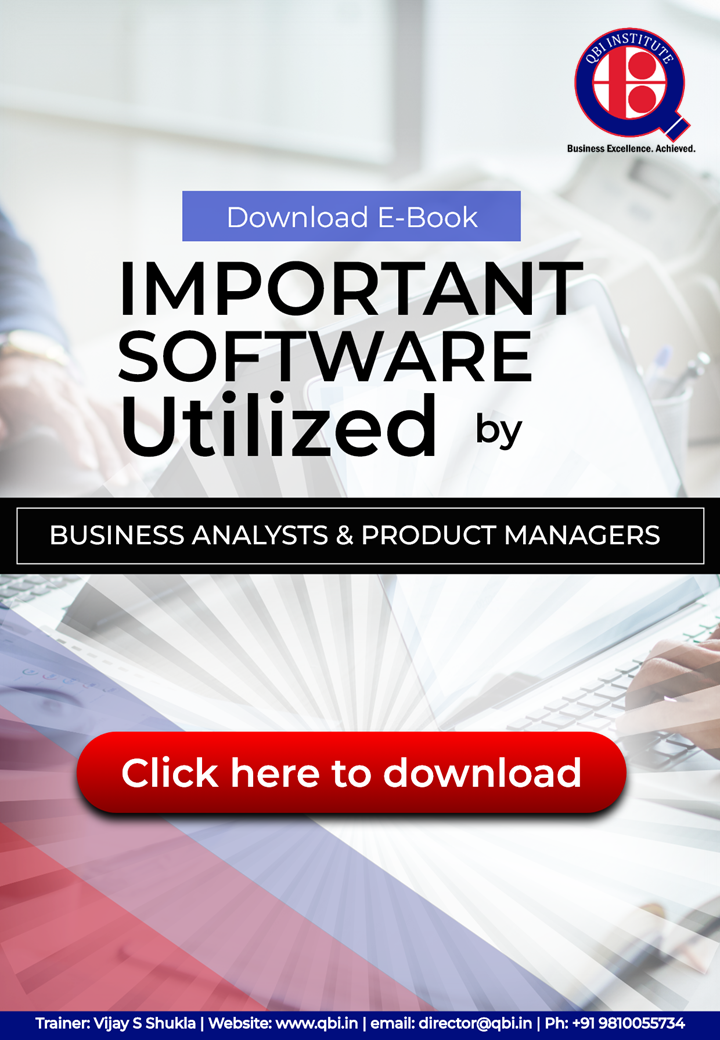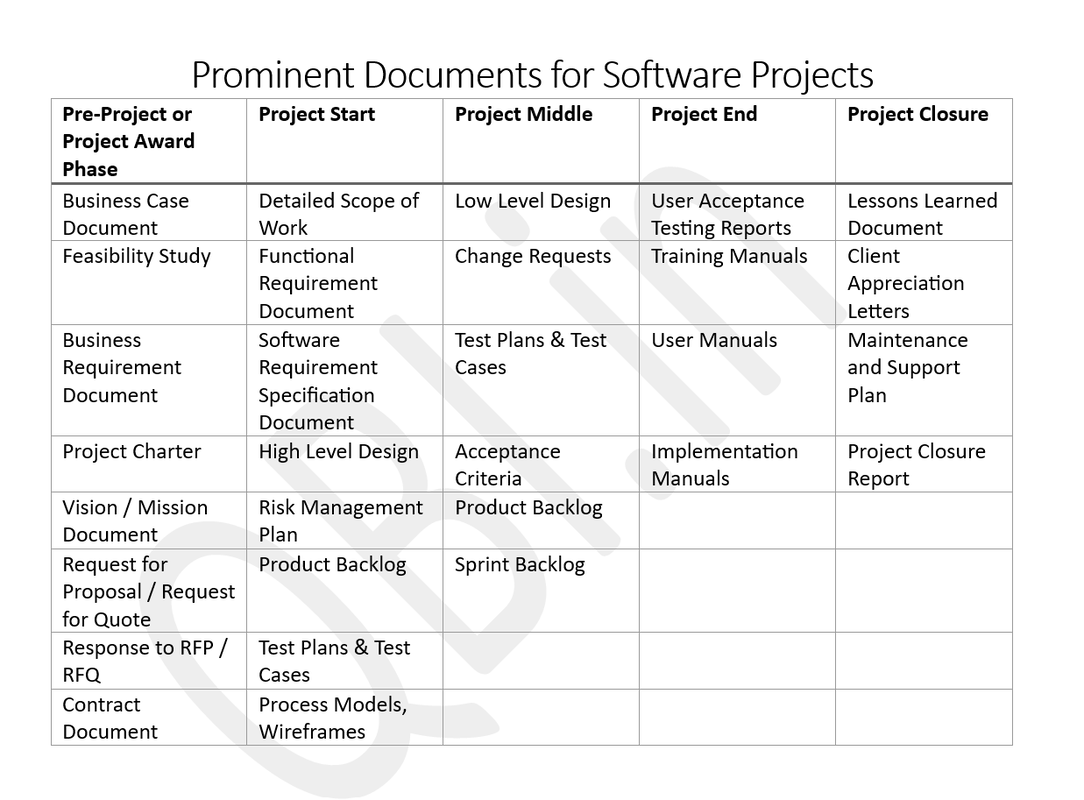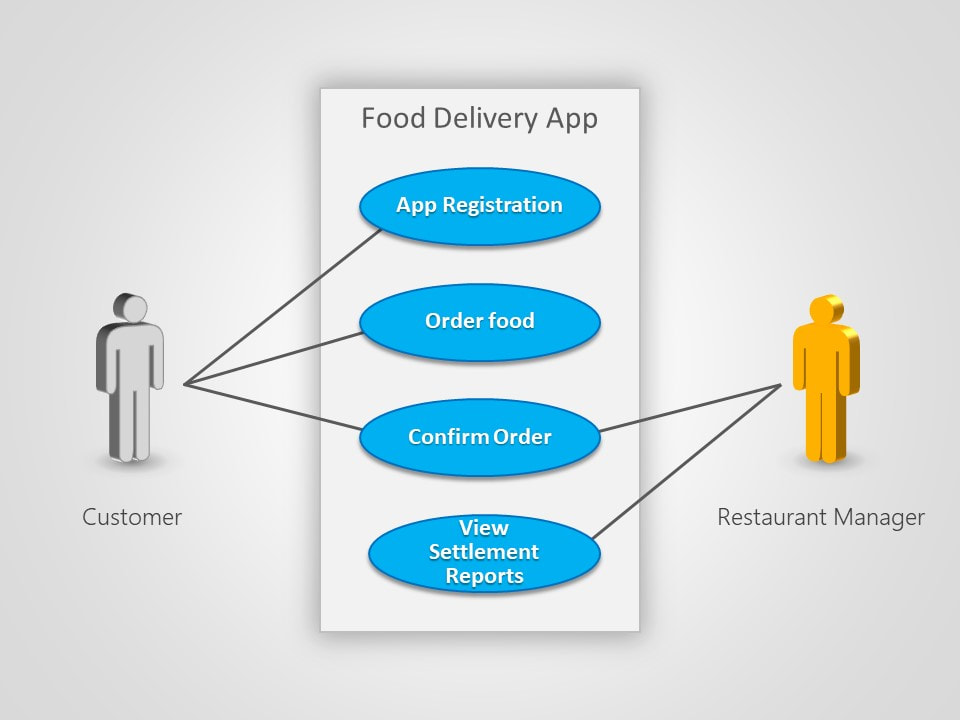Free E-Book : "Important Software Utilized By Business Analysts and Product Managers" 📘
In today's fast-paced business world, mastering the right software tools is essential for success. Whether you're a seasoned pro or just starting out, this FREE e-book is packed with insights and practical tips to help you excel in your role.
Inside, you'll discover:
🔍 An overview of the key software tools used by professionals in the field
🛠️ Practical guidance on how to leverage these tools to streamline your workflows
📚 Weblinks for these software further learning and skill development
Don't miss out on this invaluable resource! Download your free copy today and take the first step towards unlocking your full potential as a Business Analyst or Product Manager.
👉 Download the e-book attached with this post. or click here: Download Free E-Book (myflodesk.com)
Feel free to tag a friend or colleague who could benefit from this resource, and let's empower each other to succeed! 💪
hashtag










 RSS Feed
RSS Feed